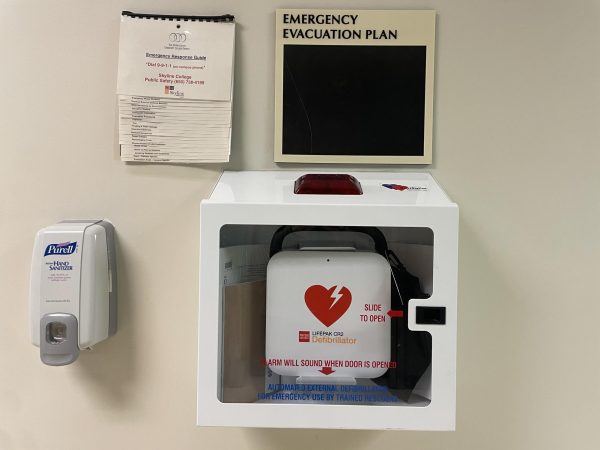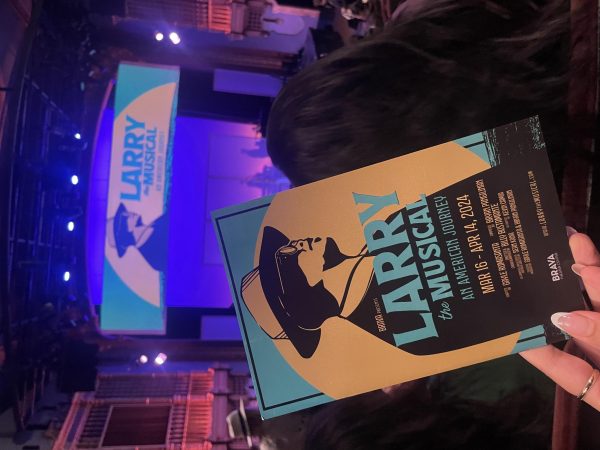Looking at history to justify U.S. bombings
On August 6, 1945, the United States dropped the first Atomic Bomb to be used in history on Hiroshima during World War II (WW II.)
The blast destroyed 90% of the city and killed 80,000 people instantly while tens of thousands fell to injury and radiation sickness in the coming days. Three days later, Former President Harry S. Truman sent another B-29 plane to drop an atomic bomb on Nagasaki which killed over 40,000 people. On August 15 of the same year, former Japanese Emperor Hirohito surrendered to the United States which ended World War II (WW II).
This devastating event, without context, seems ruthless without reason. And while the actions of Truman may be ruthless, they certainly were not without reason. With the context of Japan’s atrocities during the war and the risk of countless more lives being claimed in WW II, the bombing of Hiroshima and Nagasaki were justified.
There are many crimes against humanity committed during war, but Japan’s actions during WWII were relentless and still stain relations between countries in Asia today.
What makes the United States’ use of the atomic bombs so atrocious is the fact that it was planned to target Japanese citizens in the hopes of crippling Japan’s spirit. The United States needed to stop Japan from being a threat to all of east Asia.
One of these crimes was the Nanjing (or Nanking) Massacre. According to Time magazine, the Japanese Imperial Army slaughtered hundreds of thousands of soldiers and civilians in the city of Nanjing, China. This event is also known as the Rape of Nanking because 20,000 to 80,000 women were sexually assaulted.
These types of crimes occurred frequently over the span of the war and in several countries. The women of these countries were forced to become comfort women: military prostitutes for Japanese soldiers. However, it is argued that these crimes against humanity do not justify the excessive use of power by the United States in Hiroshima and Nagasaki.
Total sacrifice was an ideal instilled in Japanese culture during WW II. According to BBC, while American troops approached Saipan, mothers jumped off cliffs with their babies. There were no survivors among the 30,000 Japanese troops in the city and two-thirds (approximately 22,000) of the civilians also died. Although there were some prisoners from the invasion of Japan, most fought until they died or committed suicide, including citizens.
If the United States dared to continue the invasion of Japan, they would have to sweep across the country killing virtually every soldier and/or citizen of Japan. This would inflict astronomical casualties for American soldiers and Japanese citizens. With the end of the war in mind, Truman decided to use what he called, “the most terrible bomb in the history of the world.”
Truman and his advisers came to the conclusion that the only way to end the war was to show the power of the United States’ military power. They decided to pick a populated area whose sole purpose was to build the military and lacked cultural importance. Truman had no interest in destroying Japan, he wanted to destroy Japan’s ability to fight.
Truman wrote, “If they do not now accept our terms they may expect a rain of ruin from the air, the like of which has never been seen on this earth.”
With no response, Truman dropped the second bomb on Nagasaki, forcing the surrender and finally ending the war that claimed the lives of 50 to 85 million people worldwide. In order to bring a halt to such madness, Truman had to drop the atomic bombs. With context of the bigger picture, this controversial use of nuclear power was justified.












